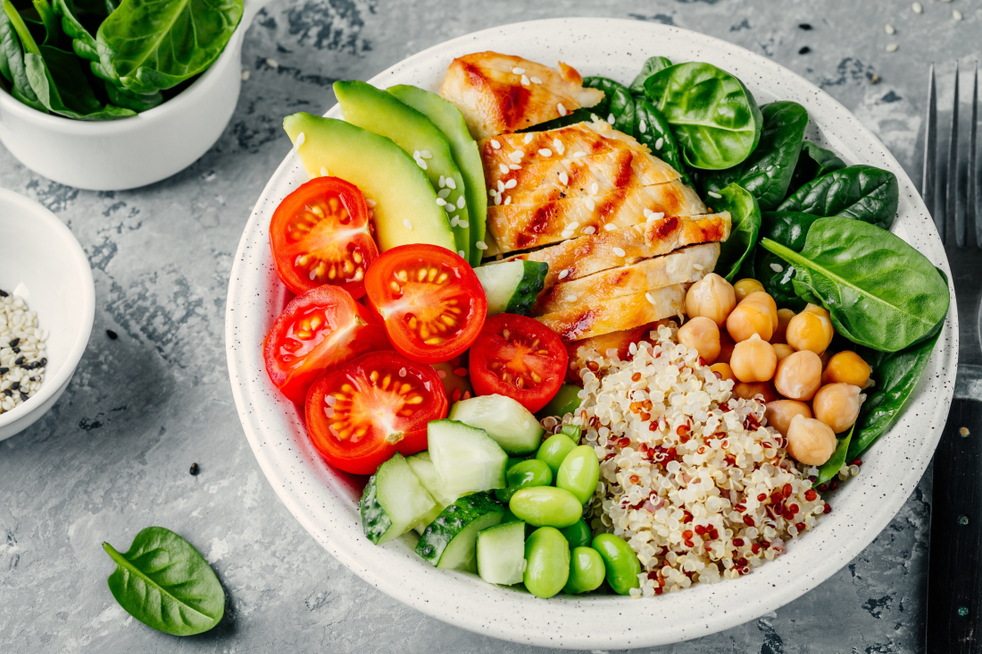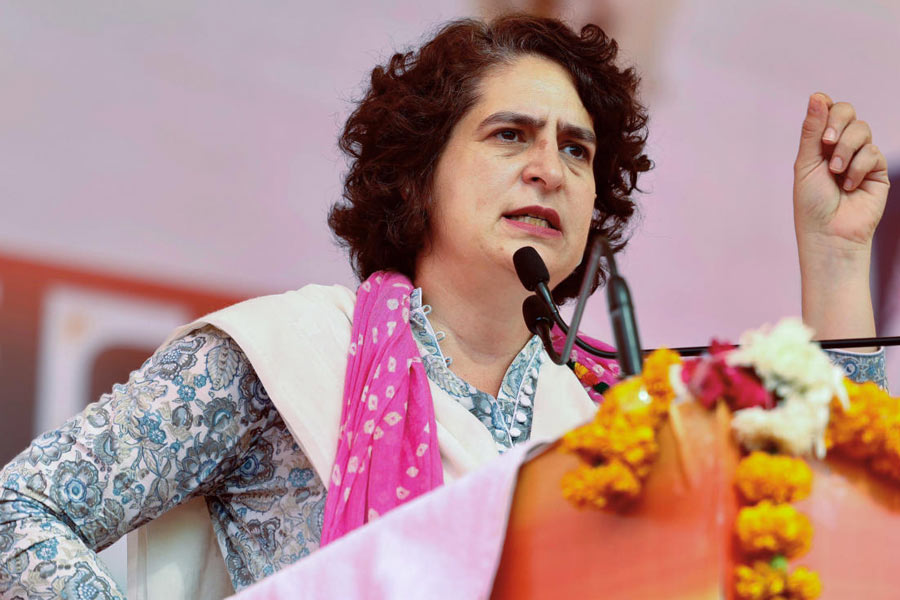Here’s some good news for a change: the publication of an eminently sensible approach to weight loss, Finally Full, Finally Slim, written by a leading expert on portion control, Lisa R. Young. Unlike the myriad diet fads that have yet to stem the ever-increasing girth of American men and women, what Young — a registered dietician and adjunct professor of nutrition at New York University in the US — describes is not a diet but a practical approach to food and eating that can be adapted to almost any way of life, even if most meals are eaten out or taken out. It is not prescriptive or even proscriptive. It does not cut out any category of food, like carbohydrates or fats, nor does it deprive people of their favourite foods, including sweet treats.
And it works. I know, because more than half a century ago I lost 40 pounds [18.1kg] in two years following Young’s approach, and I’ve kept the weight off ever since without dieting or deprivation. It fills me up with delicious, nutritious foods and allows me to enjoy a frequent nightcap of ice cream — half a cup (measured) at 150 calories or less. Young’s emphasis is less on what you eat and more on how much you eat of any food, including those considered healthful.
If you’re serious about losing or maintaining weight, you’d be wise to learn the size of a healthful portion of various categories of foods and treat what is typically served in restaurants to individual diners as servings for two or more. My “lean and mean” son and daughter-in-law in Los Angeles,US, routinely order one entree for two people, and often have leftovers to take home for lunch the next day. In fact, my daughter-in-law usually requests a to-go container when the meal is ordered and packs up the excess food even before they dig in.
Still, Young insists — and I agree — that it’s far more helpful to prepare and eat most of your meals at home. You’ll know what’s in them (was that grilled fish you ordered prepared with a tablespoon of butter?) and how much lands on your plate. In fact, start by downsizing your dinner dishes to salad-plate size, and you can save nearly 600 calories a meal. Use measuring cups to dole out reasonable portions until you are able to eyeball them accurately. You might also invest in a kitchen scale to help you keep meat, poultry and fish servings to three or four ounces (85 to 113gm).
I know you’ve heard this before, but it bears repeating: Fill half or more of your plate with low-carbohydrate vegetables, like broccoli, cauliflower, spinach, green beans, carrots and Brussels sprouts, and have a side salad with a dribble of dressing. Limit starchy vegetables like white and sweet potatoes (baked, not fried) and grains (whole, not refined) to a half-cup serving, one-cup max.
Young urges people to “get over their fear of carbs — if you’re eating the right kinds of grains in the right amounts, they don’t make you fat. They make you full — and provide you with a battalion of disease-fighting nutrients,” she wrote. But watch out for those oversized New York bagels, whole grain or otherwise, that are the caloric equivalent of six slices of bread.
Many people are unaware of how much, or how often, they eat. Keeping a food diary, recording everything you consume and where for a week or so, can help you recognise sources of mindless or excess consumption and their relationship to your feelings and circumstances.
Be wary of “nutrition halos” — foods deemed healthful but loaded with calories, albeit from healthy fats. A friend who moved to California gained 25 pounds [11.3kg] in a year eating avocados from the tree in her yard. A serving of avocado is 1/4 cup. Same for nuts, which, along with air-popped corn, are my favourite snacks.
At the same time, Young and I recognise the dangers inherent in feeling deprived of cherished, not-so-good-for you foods. When I was shedding those 40 pounds, I included one small treat a day — a few tablespoons of ice cream, a small cookie, a slice of quick bread, or sliver of cake or pie — lest after weeks of no treats I break down and devour half a cake or a quart of ice cream at one sitting.
Young suggests incorporating “treats and sweets” into your food plan, a few times a week, though perhaps not every day while you’re trying to lose weight. And, as Dr Sylvia R. Karasu, clinical professor of psychiatry at Weill Cornell Medicine, US, points out in her fun and fact-filled new book, Of Epidemic Proportions: Expanded Edition 2019, it helps to keep those treats out of sight and easy reach.










